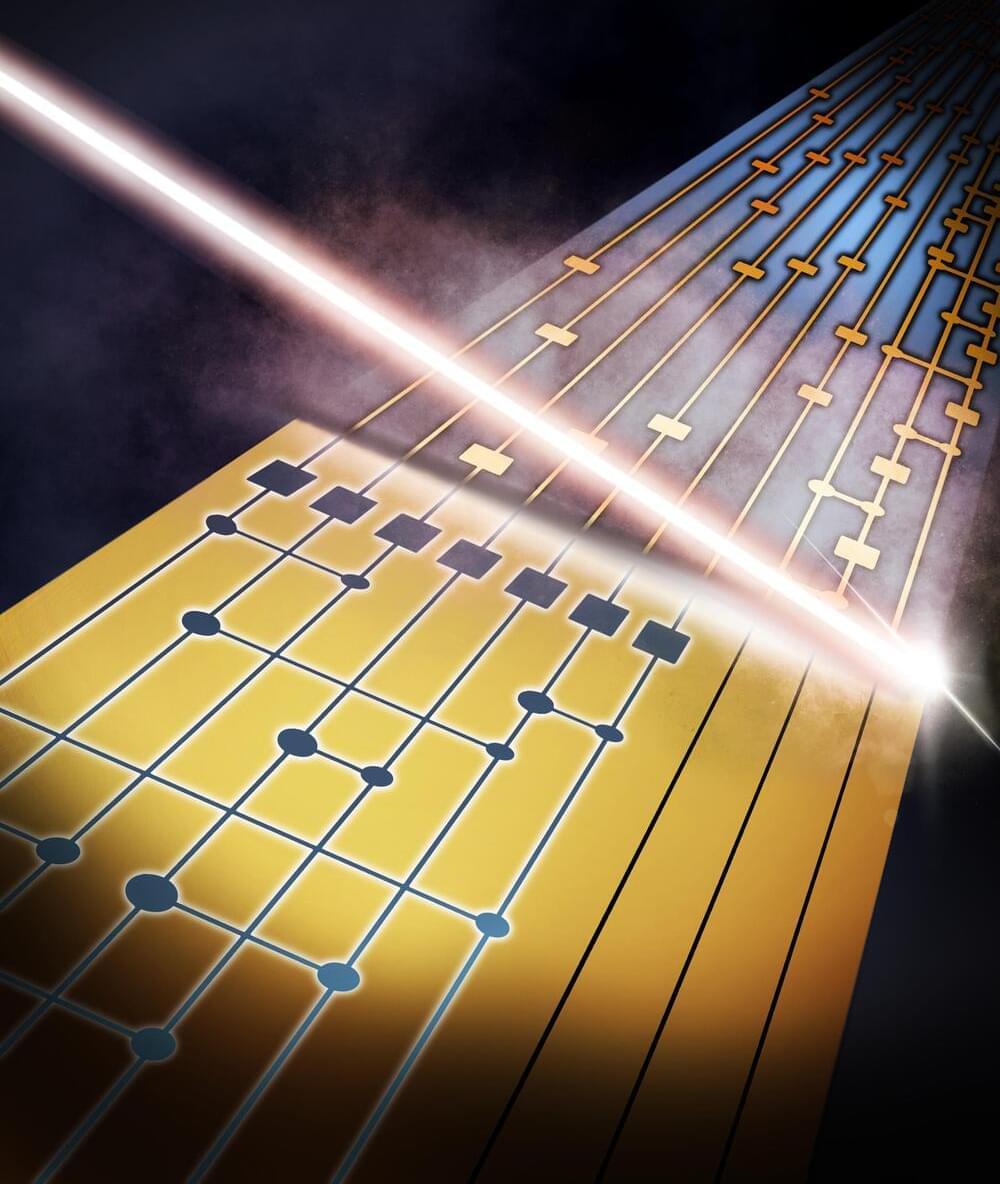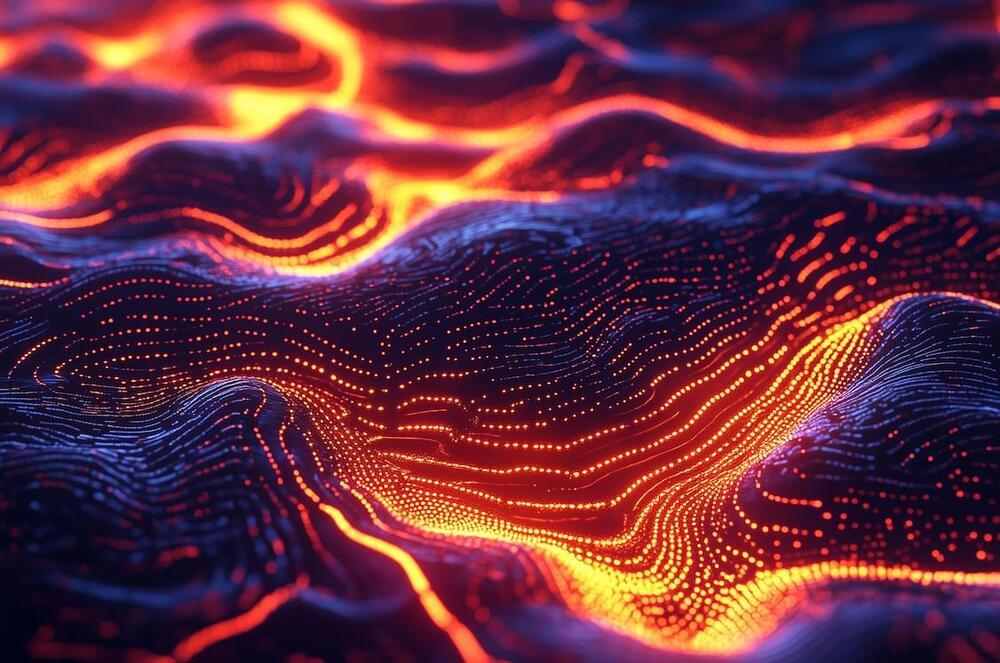Seagate started shipping hard drives with HAMR tech in December 2024, turning a long-awaited technological advancement into a commercial reality. Now, the storage specialist is announcing that even more advanced HAMR drives, with capacities of up to 36 terabytes, are on the way.
The 36TB HAMR drives are being shipped to a select group of customers for testing and validation. Like the earlier HAMR units, these new Exos M drives are built on the Mozaic 3+ technology platform to deliver “unprecedented” areal density. The drives utilize a complex 10-platter design, achieving an areal density of 3.6TB per platter.
According to Seagate CEO Dave Mosley, the company has already reached an areal density of over 6TB per disk in its test environments. The goal, he says, is to further increase the data density to 10TB per platter. Seagate also states that Mozaic 3+ is a highly efficient storage platform, enabling the new Exos M drives to lower the total cost of ownership and reduce energy consumption.








